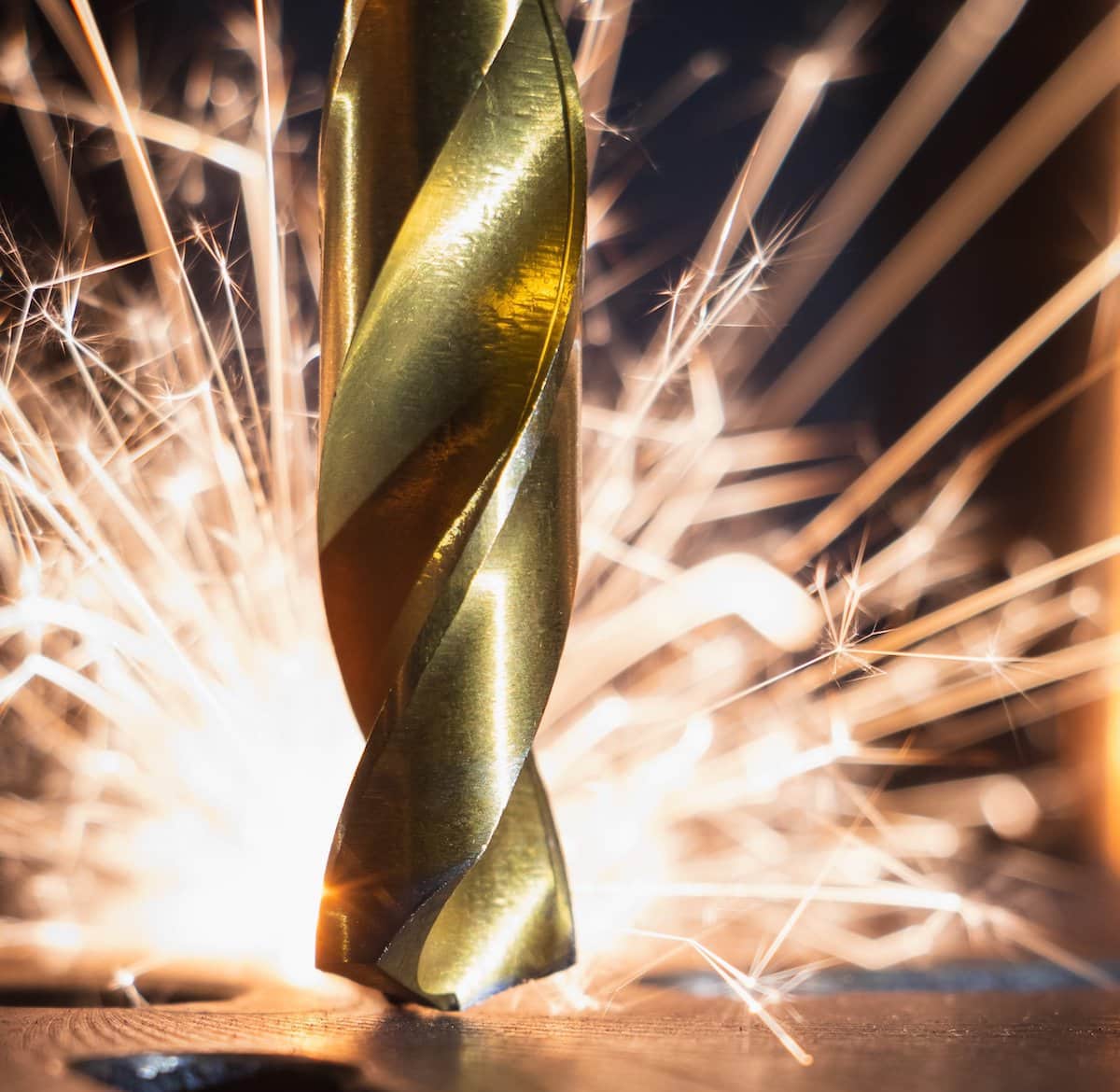14th Feb 2023

CNC milling is a computerised process that utilises high precision to create parts with exact requirements, such as in the automotive or aerospace industry. It does this by using multi-point cutting tools that rotate to cut material at all angles. There are many different types of CNC machines that can be used to manufacture parts, but what are they and which one would you need for your requirements? If you’re looking for high quality CNC parts, contact our team today and we’d be happy to discuss your requirements.
TYPES OF CNC MACHINE
There are many types of CNC machine that you can manufacture components and parts from. Find out more about each machine below:
CNC Milling Machine
This is the most common type of CNC machine. CNC milling machines are incredibly accurate and provide drilling and cutting services. The machine is controlled by a computer and uses rotating cutting tools that can remove material accurately and precisely. The machine works on an axis, meaning that it has the flexibility to move around the material to produce the shape that is desired. This is ideal for many industries where precision is key to the safety of the application and more importantly, people. Some of the different types of CNC milling that can be undertaken:
Form milling – this type of milling is ideal for irregular contours or surfaces, like curved surfaces. Applications for this method of milling include producing hemispherical or semi-circular contours or cavities. They are also ideal for parts that require more intricacies and are of a more complex design.
Plain milling – this machine involves a cutting tool that is parallel to the surface of the part. Narrow and wide cutters can be used in this instance, depending on the size of the component and the depth of the cut. Using a fine tooth cutter with fast cutting speeds and a slow feed rate means that more detail can be manufactured into the component.
Face milling – this machine involves a cutting tool that is perpendicular to the surface of the part. This allows it to create flat surfaces with higher quality results than other milling techniques.
Angular milling – this machine is ideal for creating chamfers, serrations, and grooves on the part. The axis of rotation on this machine is relative to the part, meaning 45°, 50°, 55°, or 60° angles can be achieved using this process.
CNC Lathe Machine
The CNC lathe machine is the opposite of the CNC milling machine – the component is rotated and moved whilst the cutting tool remains stationary. As multiple processes can be programmed at once, the part doesn’t need to be removed from the machine, meaning that accuracy of cuts is always guaranteed.
As the lathe uses 2 axes, the part is rotated whilst the machine cuts the shapes. This rotation is why the lathe machines may also be referred to as turning machines, which is where the term CNC turning comes from. The lathes offer precision which reduces the risk of costly mistakes and operation. This is one of the processes that reduces the amount of waste that is produced. CNC lathe machines also allow multiple parts to be manufactured at one time, as there is only the need for one operator to manage them. This reduces manufacturing times significantly and for applications where multiple of the same part is required, this means all parts will be accurate and precise.
CNC Drilling Machine
This machine automates the drilling process by rotating the tool quickly into the piece to drill holes. The machine is controlled by the computer. These machines offer efficiency and accuracy to ensure drilling happens in exactly the same place for the same parts. This allows the machine to be used in various industries such as automotive and aerospace.
The CNC drilling machine can be used to cut a wide range of materials including glass, plastic, wood and metals. In some cases, the drilling can be used to create aesthetic pieces or to help accommodate screws and bolts. The machine offers a range of benefits including versatility to be able to drill through multiple materials, less errors due to the ability to pre-program the machine and it can be used as part of the wider machining operations.
CNC Laser Cutting Machine
CNC laser cutting uses a high-power laser to cut through a material. Similar to other CNC machining processes, laser cutting requires a computer to program the machine to cut the shapes you need. It works by melting or cutting away the material, using compressed gas to cool the lens and to remove debris from the material as it’s cut.
Laser cutting provides a high level of precision, as they can cut very fine lines through a material. The cutting is so accurate that there is no need for post-production processes, eliminating time and costs. As the part cannot be touched when it is being cut, there is less of a risk of distorting the material or contamination, which is ideal for the medical industry.
WORKING WITH ADVANCED ENGINEERING FOR CNC SERVICES
Working with the team at Advanced Engineering comes with a range of benefits. Our expert engineers have a wealth of experience in CNC machining and are very experienced in manufacturing safe, cost effective and reliable parts. Our ability to meet tight deadlines makes us the first choice for many of our clients and we understand the need for high quantity CNC parts that may exceed your manufacturing capacity.
Interested in CNC engineering services?
Contact us today if you’re interested in finding out more about our CNC machining services, or if you want to make an enquiry. Our knowledgeable and experienced team will be happy to help discuss your requirements or answer any questions you may have. Alternatively, take a look through our services to find the right one for your needs.




